When you work in a newsroom, you can get a bit nose blind to Bad Stuff.
Murder, crime, and corruption becomes your bread and butter, broken up by the occasional cute animal or litter-picking kid.
So after this long, my threshold for righteous outrage is quite high.
But one story this week pierced through the noise and made me want to flip a table.
It seems that mould, reported over a year ago, is still clinging to the walls of St Mary’s Primary School in Lochee.
Now, before the choruses of “it’s being dealt with now” start tuning up, let me assure you that I don’t care if it’s been scraped off the walls in the 48 hours since this story was published.
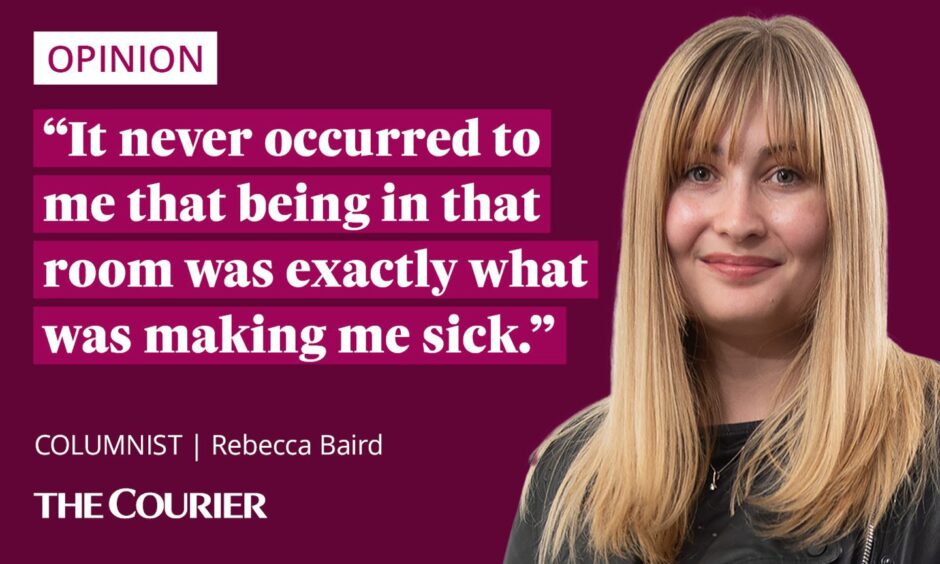
A year is far too long for the 290 young children attending St Mary’s to be exposed to blooms of mould, which can cause respiratory problems and undermine the immune system.
To make matters worse, children are particularly sensitive to the effects.
If there is mould in that school – or any school – the city council should be ashamed of themselves.
The health risks that come with prolonged mould exposure are real. I should know.
Mould nightmare started at university
Back when I was a naïve fresher at Glasgow University, I was placed in the charming, prison-inspired Murano student housing. Campsie House, first floor, last window on the right.
A window which, from the day I entered to the day I left, was wet with seeping condensation.
Condensation which, due to the lack of working heaters, soaked into the walls, creating a slimy, damp, mouldy little cell.
I soon discovered that vinegar and HG were no match for the rate that it would grow back.
Before this hellish nine-month gauntlet of accommodation, I was full of that youthful joy that comes with being able to breathe properly. Well, almost.
I’m asthmatic, and have been since birth, but I had it controlled with medication and had no issues for 18 years.
Until the mould.
Over the course of that year, my physical health plummeted at an alarming rate. I didn’t realise why at first.
Health decline after mould exposure
I’d wake up coughing and wheezy, my eyes dry and itchy, and put it down to hayfever.
When a ten-minute walk on a gradual hill had me panting, I convinced myself I’d just put on weight like all freshers, and needed to get to the gym.
And when, after the first semester of my first year, I stopped going out on the weekends because I was too fatigued to keep up with my classes, I figured I must just be less intelligent or capable than my peers.
I spent more and more time holed up in my room, isolated and struggling, trying to rest and recover from my seemingly never-ending fresher’s flu.
It never occurred to me that being in that room was exactly what was making me sick.
It was only when I moved out for the summer, and stayed back at my parents’ house, that I began to realise something was really wrong.
Walking the dog, I decided to have a game with him and break into a wee run. I ran for maybe 15 seconds before I was out of breath. Minutes later, I still couldn’t get my breath back.
I got scared and used my emergency inhaler – a wee blue L which had lain dormant in a lifetime of schoolbags until that year, when it made its home in my most reachable pockets.
The GP barely grazed by chest with the stethoscope before handing me a year-long course of heavy duty steroid tablets and chastising me for not coming in earlier when my asthma was “so completely out of control”.
Steroids saved me from ‘silent killer’
“Have you been smoking?” she demanded. I insisted (honestly) that I never smoked.
“What about mould? Are you working somewhere damp?”
Ah. I felt like an idiot.
“You’re lucky,” she said, handing over the script. I didn’t feel it at the time, but I was.
I ended up taking those tablets (with their myriad fun side effects) for two years before I could climb a flight of stairs again without feeling like I was going to pass out.
Luckily, I was able to come off them eventually and now any panting on staircases really is due to my non-existent cardio regime.
But I’ll never forget how just one year of constant, low-level mould exposure took me from a happy, healthy 18-year-old to a wheezing, debilitated recluse at 19.
The pupils at St Mary’s have no choice but to go to school, so they deserve to be able to learn without risking the very real health issues that this ‘silent killer’ can cause.
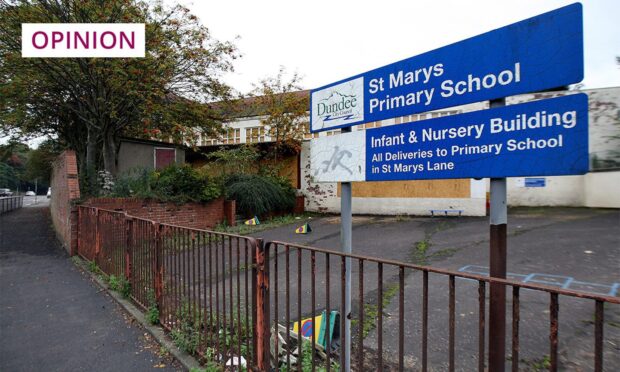
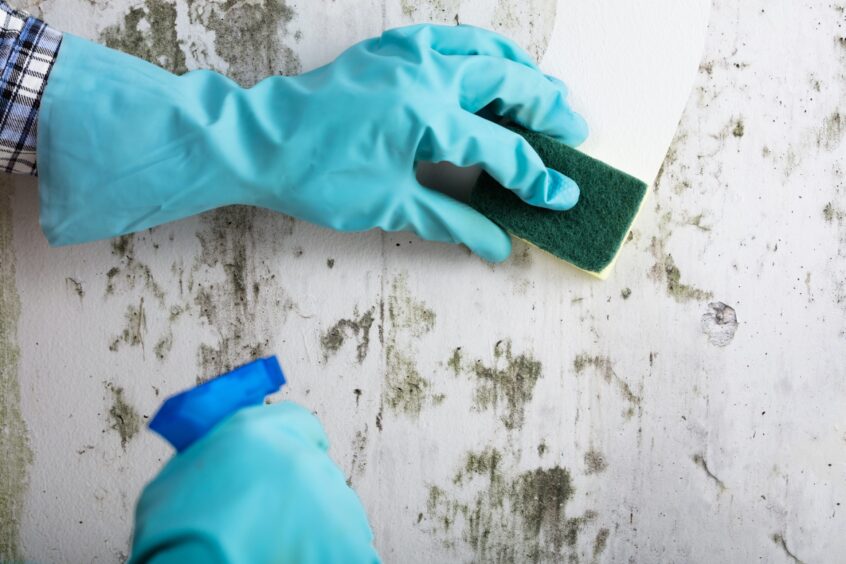
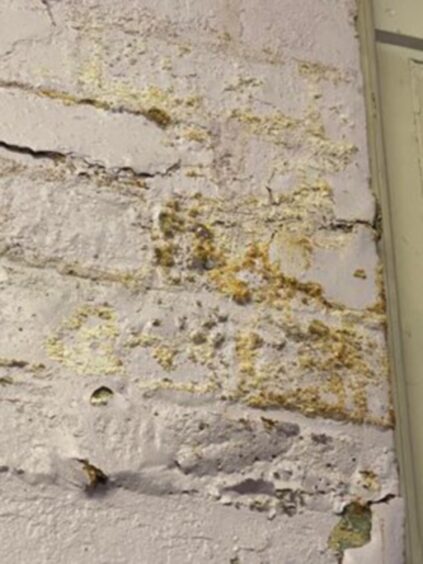
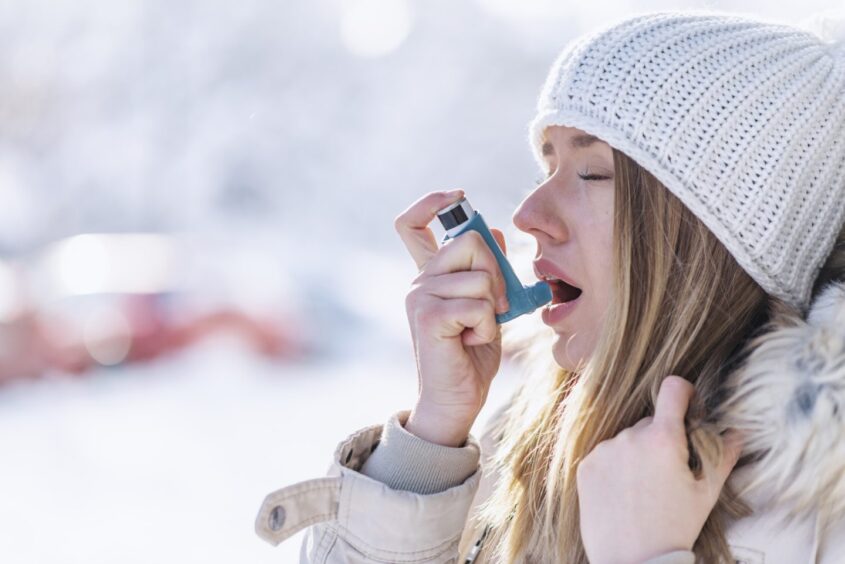










Conversation